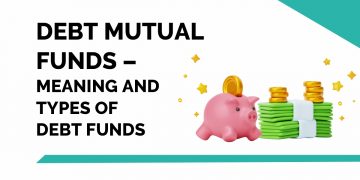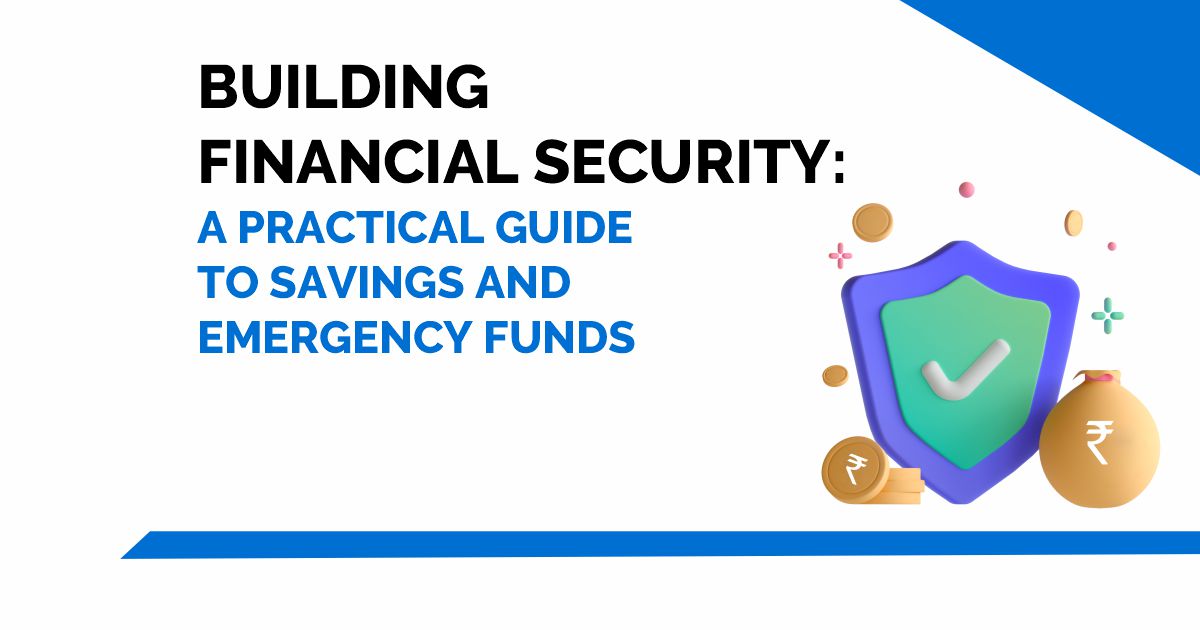As we are all aware, the current pandemic has led us to work and study from home. In fact, a majority of us have stopped going outside completely. So, a lot of our expenses, especially travelling, eating out, etc. have been cut down drastically.
Due to this, you might find an excess of savings on hand, and you might be exploring the various way to invest your savings.
In this article, we will discuss some avenues where you can invest your savings for a variety of goals.
| Table of Contents |
|---|
| Systematic Investment Plans (SIPs) |
| Bank Instruments |
| Retirement Planning |
| Insurance |
| Build an Emergency Fund |
5 ways to Invest your Savings –
1. Systematic Investment Plans (SIPs)
When it comes to investing your savings, we can start small with systematic investment plans, or SIPs.
An SIP, as we all know, is an investment plan where we can invest amounts as small as ₹500 per month into any available mutual fund of our choice.
This can be especially useful during a downturn in the market. How?
Since the NAVs of mutual funds might be lower at this time, one can purchase a higher number of mutual fund units for the same investment price.
When the NAV will start to rise, the value of the investment will rise as well, thus giving higher profits to investors.
2. Bank Instruments:
If you are unsure about investing in the stock market right now, you can invest your savings in bank instruments.
In the current scenario, there have been deep cuts in interest rates of a range of bank deposits, savings and retirement instruments.
Learn to invest in Mutual Funds with Mutual Funds made Easy course by Market Experts
However, there are still some fixed deposits that are offering much higher returns than the rest of the banks.
For example, while SBI is offering 2.9% – 5.4% p.a. interest on their FDs , Jana Small Finance Bank is offering 7.25% p.a. on their one-year fixed deposits.
One should carefully evaluate the various types of bank deposits and savings accounts available, and choose the one giving the best rate of interest possible.
3. Retirement Planning:
Retirement is an essential long-term investment goal, and with some extra savings on hand, one should consider building or boosting their retirement corpus. Thus, you can invest your savings on retirement goals.
In India, consumers are offered an extensive range of government and private schemes to start their retirement planning.
For example, one can start investing in Public Provident Funds, which offer tax-free returns, and mature after 15 years, thus giving us a considerably large tax-free corpus.
Apart from this, the National Pension System (NPS) is a great and a flexible alternative to start a retirement corpus.
The scheme provides stock market-linked returns, and investors can choose which asset classes of the stock market their corpus should be invested in as well.
4. Insurance:
Considering that we are facing a global pandemic, insurance is an essential step to take.
To invest your savings, we can look for efficient health and life insurance policies that suit our needs best. Some examples of these include –
- Term Plans – provides risk cover for a specific period;
- Endowment policies – provide elements of savings with insurance;
- Whole life insurance – risk coverage for the lifetime of the nominee, etc.
If one wants to gain the benefits of investment along with insurance, they can also consider Unit-Linked Insurance Plans or ULIPs.
In a ULIP, the premium paid is partly invested in mutual funds of various asset classes, while the rest is used to provide risk coverage to the nominees.
One can choose from a variety of ULIPs offered by various institutions, and can also choose the asset class they would like to invest in, as per their risk appetite.
5. Build an Emergency Fund:
Lastly, we can use our extra savings to boost our emergency saving.
An emergency fund is a sum of money we set aside to help us cover unplanned expenses which can arise due to unforeseen circumstances.
However, instead of just setting a sum of money aside, you can invest your savings in short term, liquid avenues to make it grow over time as well. Examples of such avenues include short term debt funds, and recurring deposits.
Apart from investing our savings, we should take this time to reflect upon our financial goals, re-evaluate them and learn more about investing for financial security.
A plethora of free and paid resources are available to improve our knowledge on the stock market, and help us choose the best investment products for our portfolio.
One can, therefore, use the extra time and the extra savings on their hand, to effectively save and invest, based on their goals.
Happy learning!









